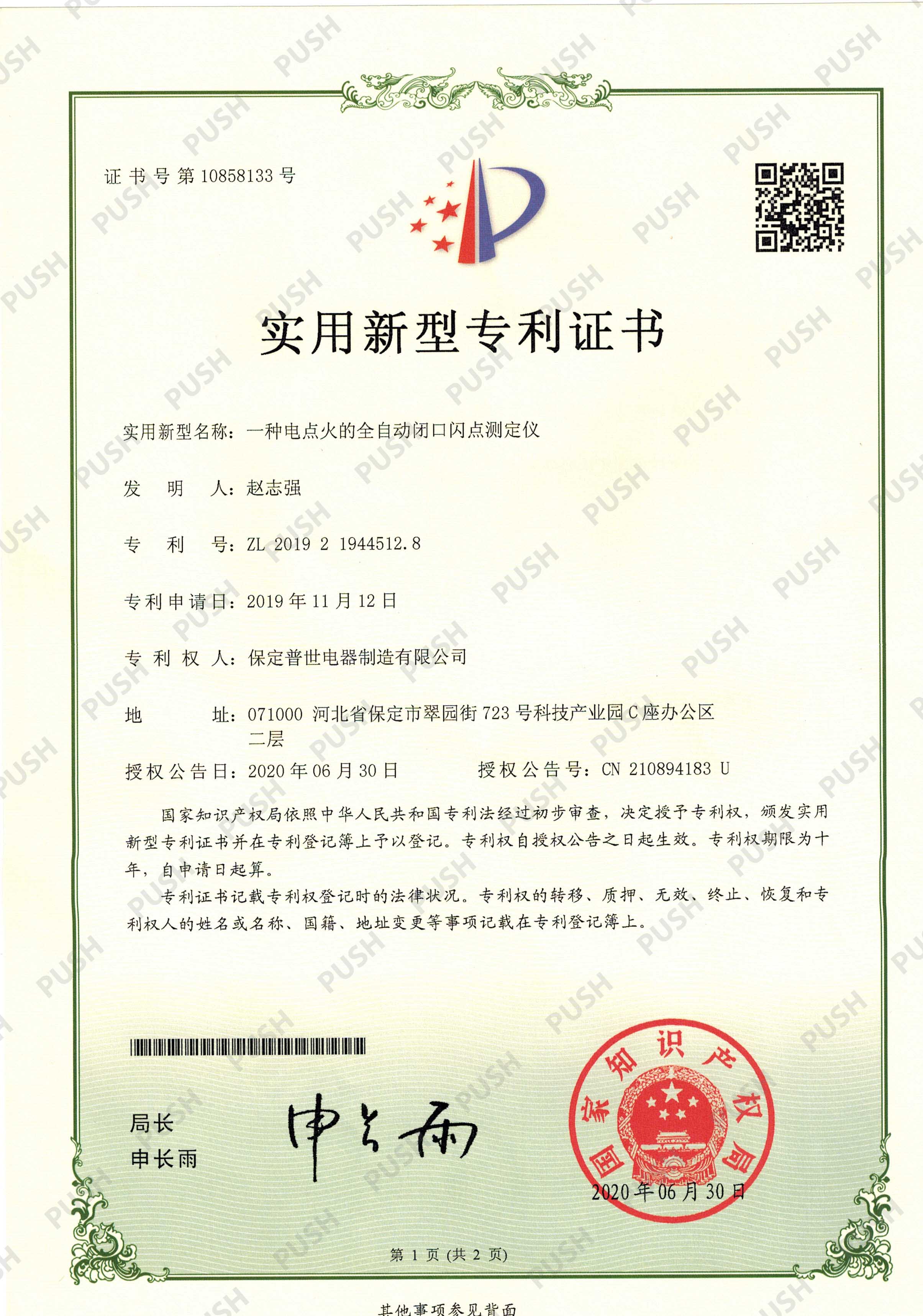 English
English



-
 Afrikaans
Afrikaans -
 Albanian
Albanian -
 Amharic
Amharic -
 Arabic
Arabic -
 Armenian
Armenian -
 Azerbaijani
Azerbaijani -
 Basque
Basque -
 Belarusian
Belarusian -
 Bengali
Bengali -
 Bosnian
Bosnian -
 Bulgarian
Bulgarian -
 Catalan
Catalan -
 Cebuano
Cebuano -
 China
China -
 China (Taiwan)
China (Taiwan) -
 Corsican
Corsican -
 Croatian
Croatian -
 Czech
Czech -
 Danish
Danish -
 Dutch
Dutch -
 English
English -
 Esperanto
Esperanto -
 Estonian
Estonian -
 Finnish
Finnish -
 French
French -
 Frisian
Frisian -
 Galician
Galician -
 Georgian
Georgian -
 German
German -
 Greek
Greek -
 Gujarati
Gujarati -
 Haitian Creole
Haitian Creole -
 hausa
hausa -
 hawaiian
hawaiian -
 Hebrew
Hebrew -
 Hindi
Hindi -
 Miao
Miao -
 Hungarian
Hungarian -
 Icelandic
Icelandic -
 igbo
igbo -
 Indonesian
Indonesian -
 irish
irish -
 Italian
Italian -
 Japanese
Japanese -
 Javanese
Javanese -
 Kannada
Kannada -
 kazakh
kazakh -
 Khmer
Khmer -
 Rwandese
Rwandese -
 Korean
Korean -
 Kurdish
Kurdish -
 Kyrgyz
Kyrgyz -
 Lao
Lao -
 Latin
Latin -
 Latvian
Latvian -
 Lithuanian
Lithuanian -
 Luxembourgish
Luxembourgish -
 Macedonian
Macedonian -
 Malgashi
Malgashi -
 Malay
Malay -
 Malayalam
Malayalam -
 Maltese
Maltese -
 Maori
Maori -
 Marathi
Marathi -
 Mongolian
Mongolian -
 Myanmar
Myanmar -
 Nepali
Nepali -
 Norwegian
Norwegian -
 Norwegian
Norwegian -
 Occitan
Occitan -
 Pashto
Pashto -
 Persian
Persian -
 Polish
Polish -
 Portuguese
Portuguese -
 Punjabi
Punjabi -
 Romanian
Romanian -
 Russian
Russian -
 Samoan
Samoan -
 Scottish Gaelic
Scottish Gaelic -
 Serbian
Serbian -
 Sesotho
Sesotho -
 Shona
Shona -
 Sindhi
Sindhi -
 Sinhala
Sinhala -
 Slovak
Slovak -
 Slovenian
Slovenian -
 Somali
Somali -
 Spanish
Spanish -
 Sundanese
Sundanese -
 Swahili
Swahili -
 Swedish
Swedish -
 Tagalog
Tagalog -
 Tajik
Tajik -
 Tamil
Tamil -
 Tatar
Tatar -
 Telugu
Telugu -
 Thai
Thai -
 Turkish
Turkish -
 Turkmen
Turkmen -
 Ukrainian
Ukrainian -
 Urdu
Urdu -
 Uighur
Uighur -
 Uzbek
Uzbek -
 Vietnamese
Vietnamese -
 Welsh
Welsh -
 Bantu
Bantu -
 Yiddish
Yiddish -
 Yoruba
Yoruba -
 Zulu
Zulu
Evaluation of Transformer Oil Insulation Properties through Dielectric Strength Testing
Dielectric Strength Test of Transformer Oil
The dielectric strength of transformer oil is a critical parameter in assessing the performance and reliability of transformers. Transformer oil serves as both an insulator and a coolant, helping to dissipate heat generated during operation and ensuring that the electrical components within the transformer remain insulated from one another. The dielectric strength test evaluates the oil's ability to resist electrical breakdown, a property essential for maintaining the transformer’s operational efficiency and longevity.
Importance of Dielectric Strength in Transformers
Transformers play a vital role in electrical systems by stepping voltage levels up or down to facilitate efficient power transmission and distribution. The presence of impurities or degradation in transformer oil can lead to a reduction in its dielectric strength, increasing the risk of electrical failure. Insufficient dielectric strength can result in flashovers, short circuits, and severe damage to transformer windings, leading to costly repairs and lengthy downtimes. Therefore, conducting regular dielectric strength tests on transformer oil is imperative for ensuring the reliable operation of transformers.
Methodology for Dielectric Strength Testing
The dielectric strength test is typically conducted using the ASTM D877 or IEC 60156 standards. These methods outline the procedure for measuring the breakdown voltage of the transformer oil. The test usually involves the following steps
1. Sample Preparation A representative sample of transformer oil is collected, and any visible contaminants or particulates are removed. This may involve filtration to ensure that the sample is clean.
2. Apparatus Setup The oil sample is placed in a test cell consisting of two electrodes. The design of the electrodes can vary, but they are commonly made of brass or stainless steel, with a specific geometry that ensures uniform electric field distribution.
3. Voltage Application A variable voltage source is connected to the electrodes. The voltage is gradually increased at a controlled rate, typically at a rate of 2 kV/sec until breakdown occurs.
dielectric strength test of transformer oil

4. Measure Breakdown Voltage The voltage at which the oil breaks down and allows current to pass between the electrodes is recorded as the breakdown voltage. Multiple tests may be conducted, and the highest value observed is usually reported.
5. Analysis of Results The breakdown voltage obtained is compared against specified standards or historical data to evaluate the condition of the transformer oil. A lower value may indicate the presence of moisture, dissolved gasses, or other impurities, which can compromise the dielectric properties of the oil.
Factors Affecting Dielectric Strength
Several factors can influence the dielectric strength of transformer oil
- Contaminants The presence of water, acids, or other pollutants can significantly reduce the dielectric strength, making regular testing essential.
- Temperature The dielectric properties of oil can vary with temperature; therefore, tests are often conducted at standardized temperatures to ensure consistency.
- Aging Over time, transformer oil can degrade due to thermal stress and oxidation, leading to a decrease in dielectric strength. Regular monitoring is crucial for aging oils to anticipate when replacement or regeneration may be necessary.
Conclusion
The dielectric strength test of transformer oil is indispensable for ensuring the safe and efficient operation of electrical transformers. By regularly monitoring the dielectric strength, utilities can preemptively identify issues, mitigate risks, and extend the operational life of their transformers. As the demand for reliable power supply continues to grow, maintaining the integrity of transformer oil through rigorous testing will remain a top priority for electrical engineers and maintenance teams.
-
Testing Equipment Industry Sees Major Advancements in 2025: Smart & Precision Technologies Lead the WayNewsJun.06,2025
-
Applications of Direct Current Generators in Renewable Energy SystemsNewsJun.05,2025
-
Hipot Tester Calibration and Accuracy GuidelinesNewsJun.05,2025
-
Digital Circuit Breaker Analyzer Features and BenefitsNewsJun.05,2025
-
Benefits of Real-Time Power Quality Monitoring Devices for Industrial EfficiencyNewsJun.05,2025
-
Earth Fault Loop Testing in High-Rise Building Electrical SystemsNewsJun.05,2025



